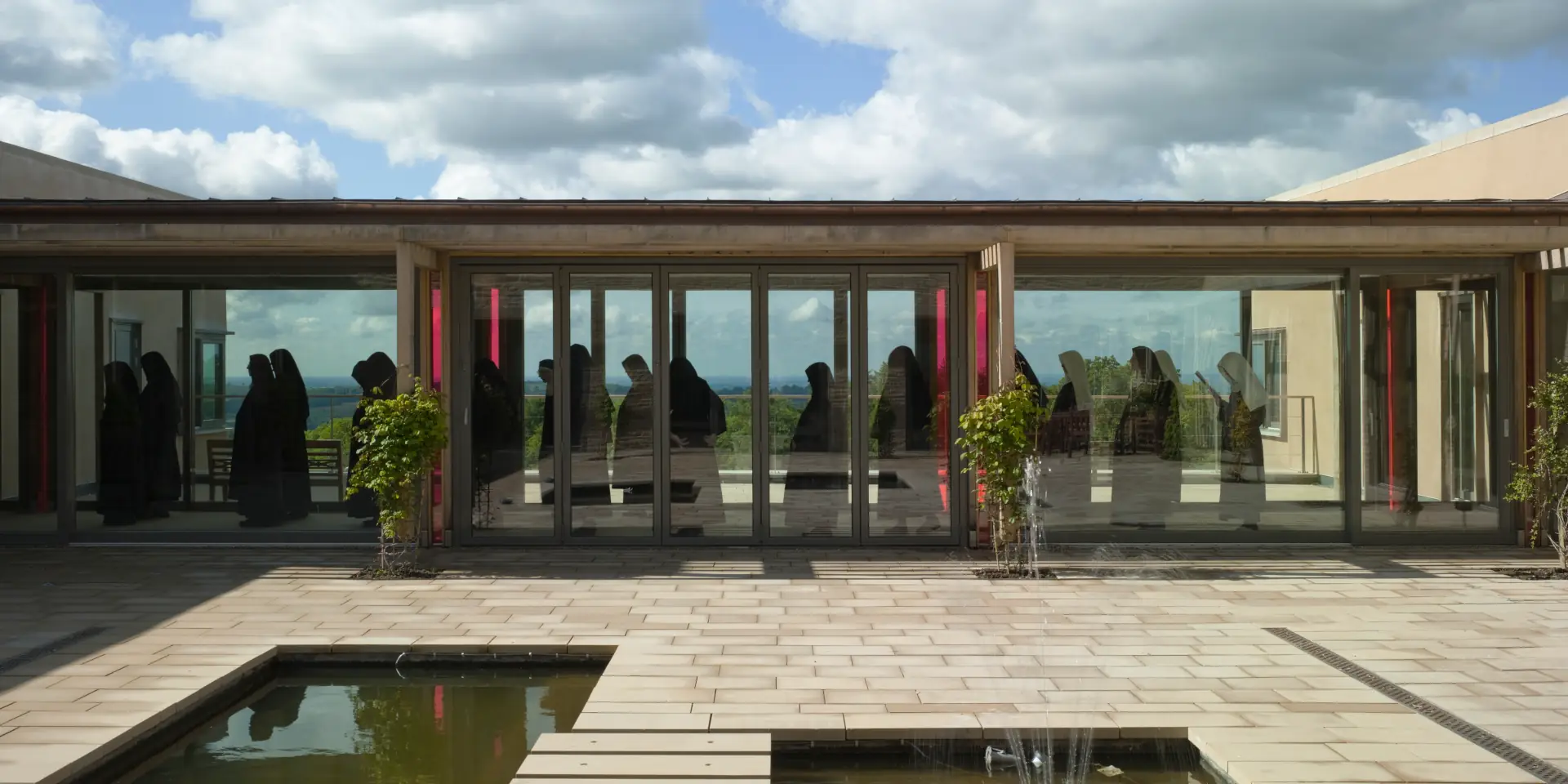Dame Margaret Gascoigne
(1608-37)
Born into the stalwart Yorkshire Catholic family of the Gascoignes, in 1628 Margaret Gascoigne, aged probably 19, entered the monastery of Cambrai where her elder sister, Catherine, was soon to become abbess. No portrait of Margaret has come down to us, but it is reasonable to suppose there was a family likeness (see the entry for Dame Catherine Gascoigne).
A skilled needlewoman, Margaret was quiet, frail of body and never in robust health, but, according to her spiritual director and biographer, Fr Augustine Baker, who compared her to the Valiant Woman in Proverbs, she was ‘mighty in spirit’ and very much suited to contemplation. In particular, Baker considered Margaret’s obedience to be outstanding. Not that she was, by any means, a doormat but because, by following the spiritual advice given her, and through her grace-supported diligence in prayer, she completely overcame her natural tendency to scrupulosity, and so advanced in the love of God.
We can follow this spiritual journey in Margaret’s own words, her ‘Devotions’ which reveal her as a devotee of the work of Dame Julian of Norwich, a fact which is underlined in Baker’s moving account of Margaret’s last days and death. From her sick bed, in August 1637, Margaret asked that some words from ‘The Revelations of Divine Love’ by Julian of Norwich be affixed to a crucifix on which she could gaze and so draw strength and consolation. The chosen text, ‘Attend to me, I am enough for thee; rejoice in me the Saviour, and in thy salvation’ unlocks the secret of Margaret’s peaceful death at the age of 29: her trusting confidence in God. It was for this, and not for any timidity, that Fr Baker, borrowing an image for contemplative souls from John Tauler OP, likened Margaret to a dormouse (‘musculus’) which, in perfect tranquillity, will sit, and even sleep, on a person’s hand. This anecdote also provides evidence that the writings of Dame Julian of Norwich, the ‘Old Manuscript Book of her Revelations’, were extant at Cambrai in the early years of our community’s history.
Does Dame Margaret Gascoigne have a word for us today? Perhaps ‘To pass and pray must be my way’. By gently passing over all distractions and that which would hinder our journey to God, and by remaining faithful to prayer, we can hope to arrive at that perfect love of God which casts out fear in this life (1 John 4:18; Rule of St Benedict 7: 67), and finally to see God face to face.

